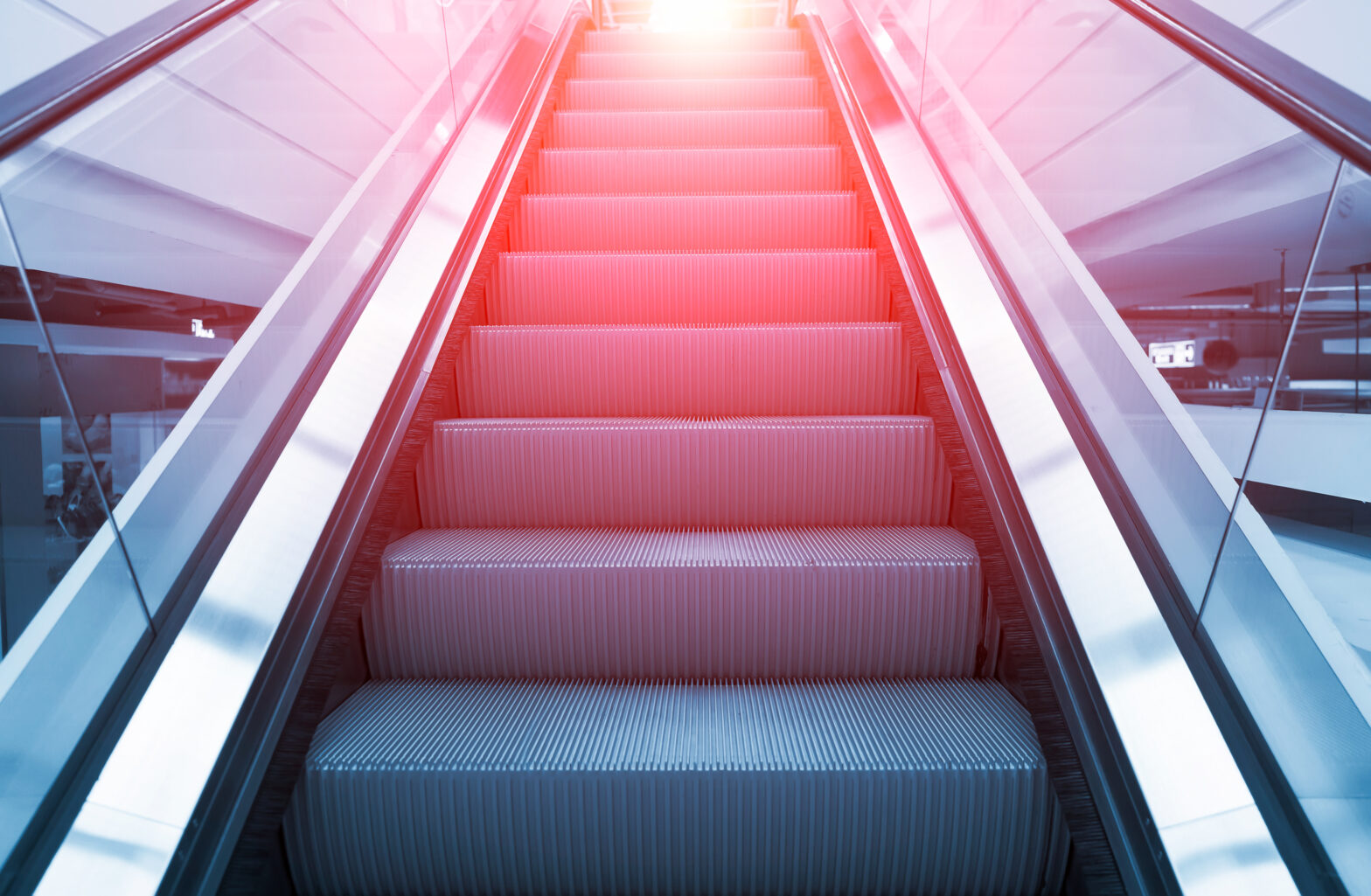Trends like the rise of mobile connectivity, data and machine learning, 3D printing, cloud computing, application programme interfaces (APIs) and the sharing economy have broken down traditional barriers to entry and accelerated the speed of change. IoT technologies (internet of things or ‘industrial internet of things’) are having an impact on entire supply chains, from original equipment manufacturers (OEMs) right through to operations on the factory floor.
Big data analytics should help brands and OEMs to make sense of the oceans of data available to make improvements to performance, logistics optimisation, and predictive service and warranty information.
Digitalisation is having an impact on many industry sectors – in particular, those which involve the movement of people. Companies like Tesla, Uber and Google are leading the automotive industry’s digital transformation.
>See also: Renewed confidence through digitalisation and advanced manufacturing
Public transport networks are implementing new ticketing and billing solutions and real-time GPS tracking to improve efficiency. And today, it is increasingly clear that adapting digital solutions that make the people flow experience smoother for everyone is going to be a reality going forward. But how exactly is it going to be achieved?
Five components of digitalisation
To deliver transformative digitalisation that improves the customer experience, technology providers across the elevator and escalator industry need to understand everything from the use of sensors, to the optimal use of data storage and data analytics, and bringing everything together, in tandem with customer insights, as part of a complete offering.
The first piece of the digitalisation jigsaw is being able to make equipment more intelligent and accessible through the use of sensors and analytics. These sensors can be connected to elevators today, in order to provide real-time monitoring of performance.
The second key element is connectivity. The latest advances in mobile and analytics technology make remote diagnostics possible. Service companies today typically inspect thousands of elevators several times every year.
The ability to access each of these remotely to assess their functionality, or even better get each to proactively report on their status and highlight potential issues helps streamline the inspection process.
Businesses are already seeing the emergence of internet-connected elevators and escalators that enable business owners and facilities managers to monitor the transportation systems in real time to assure they’re running correctly.
>See also: 5 ways digital transformations will evolve in 2017
The third area is data storage. The advance of cloud computing and the consequent ability for organisations to quickly and easily scale up capacity, together with the low cost of storage as a whole, continues to drive interest and ultimately take-up.
Cloud computing is an important enabler for global scalability, meaning organisations can quickly and easily expand capacity. Assuming cloud architecture is built for global reach, when data is stored in the cloud, availability is improved, compared to using dedicated data centres.
The fourth element of the digitalisation mix, and one which is rapidly growing in importance is analytics. The latest high-powered analytic engines and algorithms enable building owners, facility managers and town and city planners alike to look at parameters and data in more effective ways.
Analytics interpret the massive amounts of data and turn it into understandable, visual information, which becomes invaluable for technicians and customers through online apps and tools. Analytics can identify and predict issues, minimise downtime and personalise the user experience.
>See also: Staying ahead of the digital wave
The final element of this approach can be described as ‘mobilisation’ which means being able to bring together a combination of the four others, and effectively integrating them into a solution that can be delivered to end-user businesses. If KONE puts all of this into the hands of its field service technicians, it will lead to better services for its customers.
Great expectations
Digitalisation also drives agility. For product and service development, that means shorter and faster processes to bring something to the market quickly, test, feedback, improve and commercialise. This enhanced agility is increasingly critical, of course, if businesses are to deliver a competitive edge today.
Digitalisation is clearly raising service expectations. In this new digital age, users are looking for higher service levels and ongoing improvements in customer engagement and experience. The use of digital methods of engagement helps drive transparency too. There is no hiding place for providers that invoice incorrectly or that miss a service call. It is there on the record for all to see.
In the world of lifts, escalators and people flow solutions just as in the automotive and utility sectors, the businesses that will ultimately succeed will be those that not only understand the new digital landscape and the components of digitalisation, but also have the tools and solutions in place to harness those components and use them to bring real value to their customers.
Sourced by Antti Koskelin, CIO at KONE
The UK’s largest conference for tech leadership, TechLeaders Summit, returns on 14 September with 40+ top execs signed up to speak about the challenges and opportunities surrounding the most disruptive innovations facing the enterprise today. Secure your place at this prestigious summit by registering here







